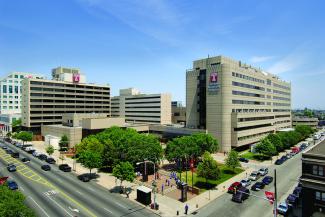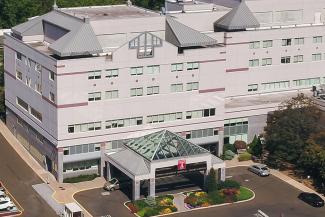Spinal fusion is a surgical procedure that uses a welding-like process to correct damage to the small bones in the spine (vertebrae). Two or more vertebrae are fused together so that they can heal into a single bone. This procedure is most commonly done to eliminate spine pain during motion or to restore spinal stability.
The conditions commonly treated with spinal fusion surgery are:
-
Degenerative disc disease. Wear and tear on the spinal disc can lead to pain.
-
Fractured vertebrae. Vertebrae within the spine can break due to compression, extension or rotation.
-
Herniated disc. Also known as a slipped disc, a herniated disc develops when its center nucleus pushes out of the disc and puts pressure on spinal nerves.
-
Scoliosis. This spinal curvature usually develops during childhood and may lead to spinal deformities in severe cases.
-
Spinal stenosis. As the spine degenerates, pain and weakness develop in the legs and back.
-
Spondylolisthesis. This type of spinal stress fracture makes it impossible for the bones to stay in place.
There are several different approaches a surgeon might take to reach the spine during spinal fusion surgery. From the front, called an anterior approach, the surgeon makes an incision in the lower abdomen for a lumbar fusion or in the front of the neck for a cervical fusion. When approaching from the back, it is a posterior approach. The surgeon may also approach from the side, called a lateral approach.
Small pieces of bone, called a bone graft, are then placed into the space between the vertebrae to be fused to help promote bone healing. When the bone graft is completed, the vertebrae will need to be held together while it heals. This might be done with a back brace, or in many cases, surgeons will use plates, screws and rods. This is called internal fixation, and when used, most patients are able to move earlier after surgery and speed their recovery.
Why Temple Health for Spinal Fusion?
Temple spine specialists are leaders in the Philadelphia region and beyond for conditions impacting the spine. Our neurosurgeons and interventional neuroradiologists work together to provide patients with the latest advancements for all neurological conditions, including spinal fusion surgery, from locations throughout the Philadelphia area.
Ready for an Appointment?
Find a doctor near you, request an appointment, or call 800-TEMPLE-MED (800-836-7536) today.

